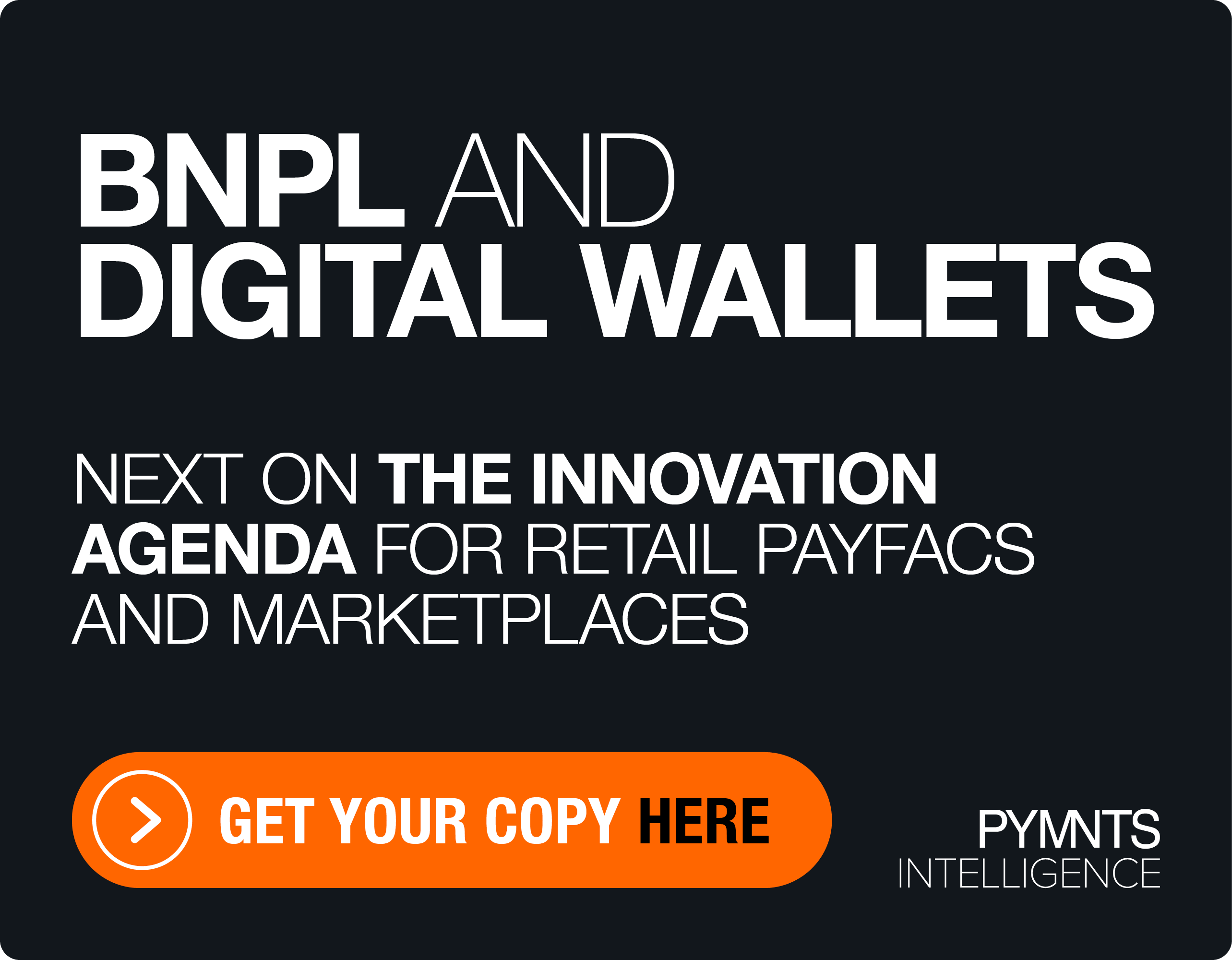Killing the ‘Double Whammy’ of Closing the Books with AP Automation
March and the end of the first quarter are but a memory, but chief financial officers (CFOs) are still recovering.
Closing the books can be a monthly ordeal for finance executives, beset by paper and manual processes. The frictions are heightened at the end of the quarter — a double-whammy no one wants.
CFOs are tasked with playing historian, finding what was paid, when and why, and navigating spreadsheets. Business payments modernization, and payables automation in particular, can help speed things along, Routable CEO Omri Mor told Karen Webster in an interview.
“Closing the books is a review,” he told Webster, almost like an audit — and that review is made all the easier with systems in place that set and trace identifiers on a payment record that is associated to a bill and tie it all together without human interaction in the mix.
The more information at hand — upfront, sliced, diced and traceable — populating CFO and back-end reports, the better. The less information the CFO has, well, then they’re flying blind. Mor said the margin of error in closing the books and in catching all the payments can be as high as 10%.
Within companies (regardless of vertical), silos have developed. Multiple spreadsheets simply don’t talk to one another, and far-flung bits of information (in CSV files, in emails, everywhere), from bills to IDs to descriptors to payments themselves, are untethered.
If there is no automation around reconciliation, he said, and if those executives cannot get back the dozens of hours a month that they spend on closing the books, the time and money drain becomes significant.
In many cases, paper checks are a bit of a relief, as the “memo line” may have been filled out, with details specific enough to slot the payment into the right place in the accounting or enterprise resource planning (ERP) system, with invoice and client numbers written in, he said.
“Most industries don’t bother to engage in all this detail,” said Mor. Multiply the transactions by a thousand or a million for larger firms, and the headaches begin.
Drilling Into Accounts Payable
The accounts payable (AP) process is key to it all, a critical component in closing the books as it involves tracking money from purchase order to procurement to reconciliation.
Following the money is no easy task, as funds wind their way up and down supply chains, finding out whether a bill was paid, or even submitted in the first place, while viewing dollar amounts in ERP systems, in accounting software and across records. Partial payments only muddy the picture, he said, as CFOs play detective, finding the “source of truth” all the way back to a payments initiation (or permission).
As for that source of truth, many times CFOs in the midst of reconciliation are looking for debits or credits. Those debits and credits are just components of payables and receivables, and they compound the need to look backward one step at a time to see what has happened.
Headed in the Right Direction
The trends are headed in the right direction, said Mor. Most processors and AP solutions providers enable client forms to record automated clearing house (ACH) agenda records — short descriptions of about 80 characters that allow firms to match the debit to the payment record in the ERP and to the bill.
Real-time payments are also gaining momentum and enable messaging longer than 140 characters, which in turn helps back-end visibility. But many platforms lack some critical bits of data, like the check number that is linked to the bill or the credit card transfer ID.
“Without that extra level of effort, things get tough,” Mor said — and that’s when the double-whammy of closing the books at the end of the month and the end of the quarter sets in.
It’s no wonder that AP departments grow and staffing levels swell, trying to catch all the data flow and make sense of everything.
“In a dream world, you’d assume that 99% of your data were matched up perfectly,” said Mor. But given the 10% error rate, reality splashes cold water on it all.
The need for automation, then, sounds like a siren across B2B payments.
Routable, for its part, has been looking into how to inject short URLs into payment IDs, creating tokenized links that can, upon being opened, trace a payment’s path. That level of automation would be especially valuable to digital-only FinTechs that are responsible for moving large volumes of money.
Looking ahead, Mor said, through the next decade, we’ll see standards taking shape in reference to payments data, and perhaps a consortium approach can help executives understand, with a bit more detail, just where the money’s going.
To get there, he said, partnerships could be struck between the major bank networks, stitching together purchase order, billing, debit and bank data. Blockchain and cryptocurrencies can help take some of those processes forward, especially when moving money internationally. But right now, blockchain and crypto are largely the purview of peer-to-peer (P2P) transactions (such as paying a contractor or a supplier, for example).
It will take banks and other firms some time to embrace real-time payments and blockchain, he said. In the meantime, real-time payments and platforms, such as those on offer from Routable, can shave dozens of steps from the reconciliation and month- or quarter-end close.
The platforms are proving adept at stitching those external data and ERP level packets of information together. No longer are ERP systems separate from AP platforms, which are in turn separate from processors.
“The more services you can provide under one hood, the easier it is for companies at the end of the day to understand what happened,” said Mor.
